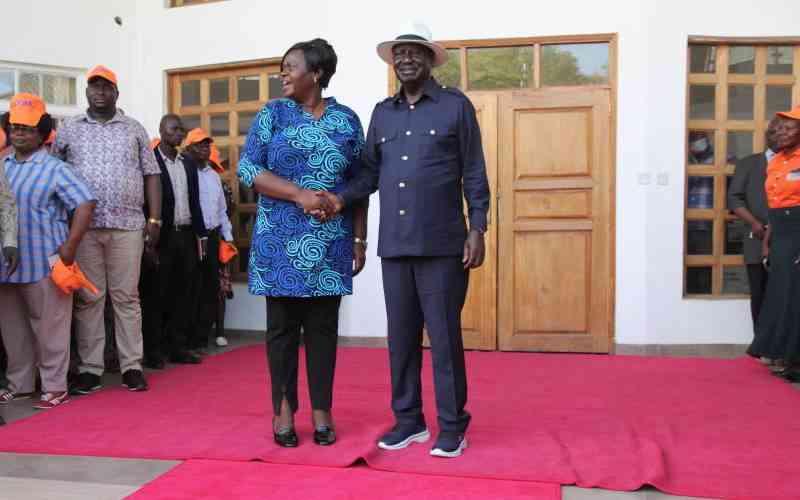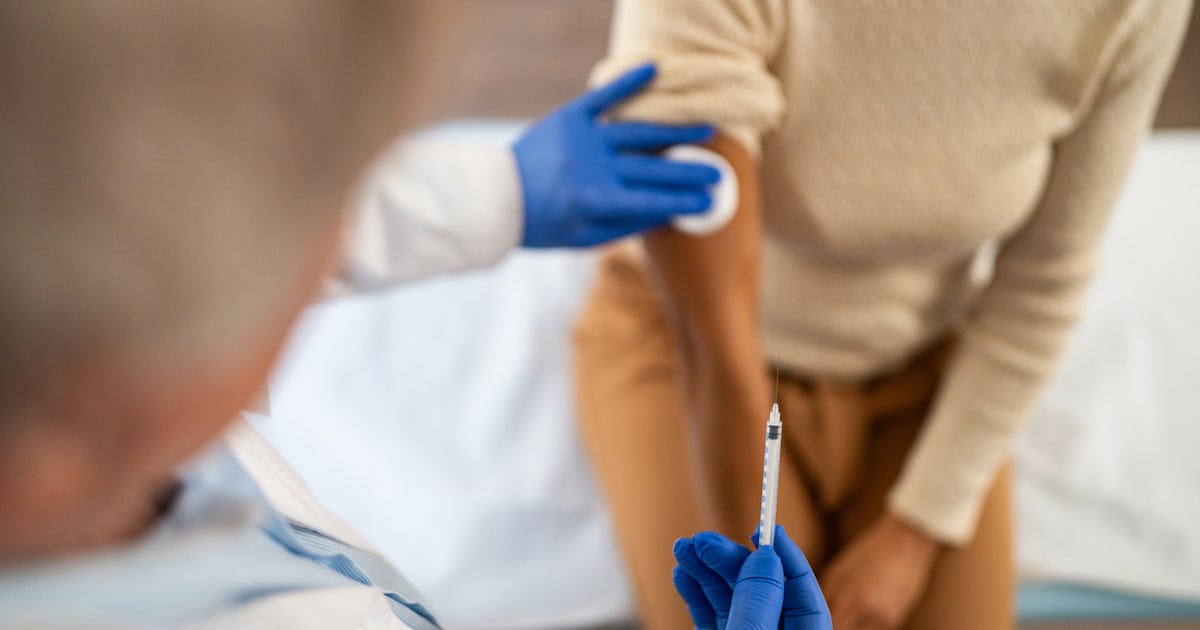Florida weather: Experts 'flying blind' in hurricane season after savage Trump funding cuts - NewsBreak
Another plume of Saharan dust arrived on Florida shores this week, creating hazy skies in Miami and prompting experts to recommend residents limit their time outside.
The dusty air will envelop southern and central parts of the state this weekend – for the third time this year.
According to the Centers for Disease Control and Prevention, people should stay indoors as much as possible when there is a high dust concentration. People who have to work outside are advised to wear a face mask to protect themselves.
READ MORE:Health concerns swirl as Trump is spotted limping up the stairs to Air Force One
READ MORE:Donald Trump dementia fears spike after 'symptom' spotted in President's suit
Temperatures in Miami and into central Florida will stay fairly average for this time of year but the addition of the dust will make the feels like temperature much higher and things generally quite muggy and unpleasant – as previous plumes have.
The dust is predicted to linger through the weekend before slowly easing by midweek.
While many people dislike the dust, and many chronically ill people dread it, it does have some benefits.
It is believed that Saharan dust plumes are keeping things calm in the Atlantic basin, even as they drive temperatures and humidity high in the state.
Fierce lightning and even an unexpected tornado hit the state earlier this week. With shocking footage showing the effect of an F1 tornado on a mobile home. Fortunately the 76-year-old occupant survived the ordeal.
Despite this, the Atlantic hurricane season – which began on June 1 – has been almost eerily quiet so far. The average first named storm in the Atlantic is June 20.
An area of stormy weather in the open Atlantic Ocean between Bermuda and the Azores became Tropical Storm Andrea on Tuesday morning, the first of the season, according to the National Hurricane Center. But Andrea quickly dissipated back into the ocean and had formed unusually far north, experts said.
But a quiet start to hurricane season does not necessarily translate into a quiet season overall. The last modern example of a late-frequency season was 2004, when the first cyclone didn’t form until late July. The year went on to produce 15 named storms, nine hurricanes and six major hurricanes - many of which impacted Florida.
Even more worrying are the increasing reports that Trump's reckless cuts to services may have left the state–which is particularly vulnerable to hurricanes– at risk of both poor preparation and prediction.
Michael Lowry, a hurricane specialist and a storm surge expert for WPLG in Miami, claims that the deep cuts to programs that help predict hurricanes have left them “flying a plane in the clouds with no navigation system,” when it comes to forecasting.
The cuts have affected things like weather balloons which have been used in data collection for more than 60 years and usually launch twice a day from 100 sites around North America. But recently some of their flights were reduced or suspended so that limited staffs can tend to other priorities and this year balloon launches are down 15 to 20 percent nationwide.
Even with modern technology, meteorologists still rely heavily on weather balloons for up to the minute, accurate predictions. These can be vital when monitoring hurricane behaviour.
According to an expert report, even a 24-hour warning of an impending storm can reduce damage by 30 percent.
With weather service offices in the state now 20-40 percent understaffed, Miami meteorologist John Morales confirmed: “We may be flying blind.”












